Written and photographed by Susan Bergen, NCLT Board Member
This is National Pollinator Week, and a good time to reflect on why pollinators are important. How we can make our own yards and public spaces more pollinator friendly?
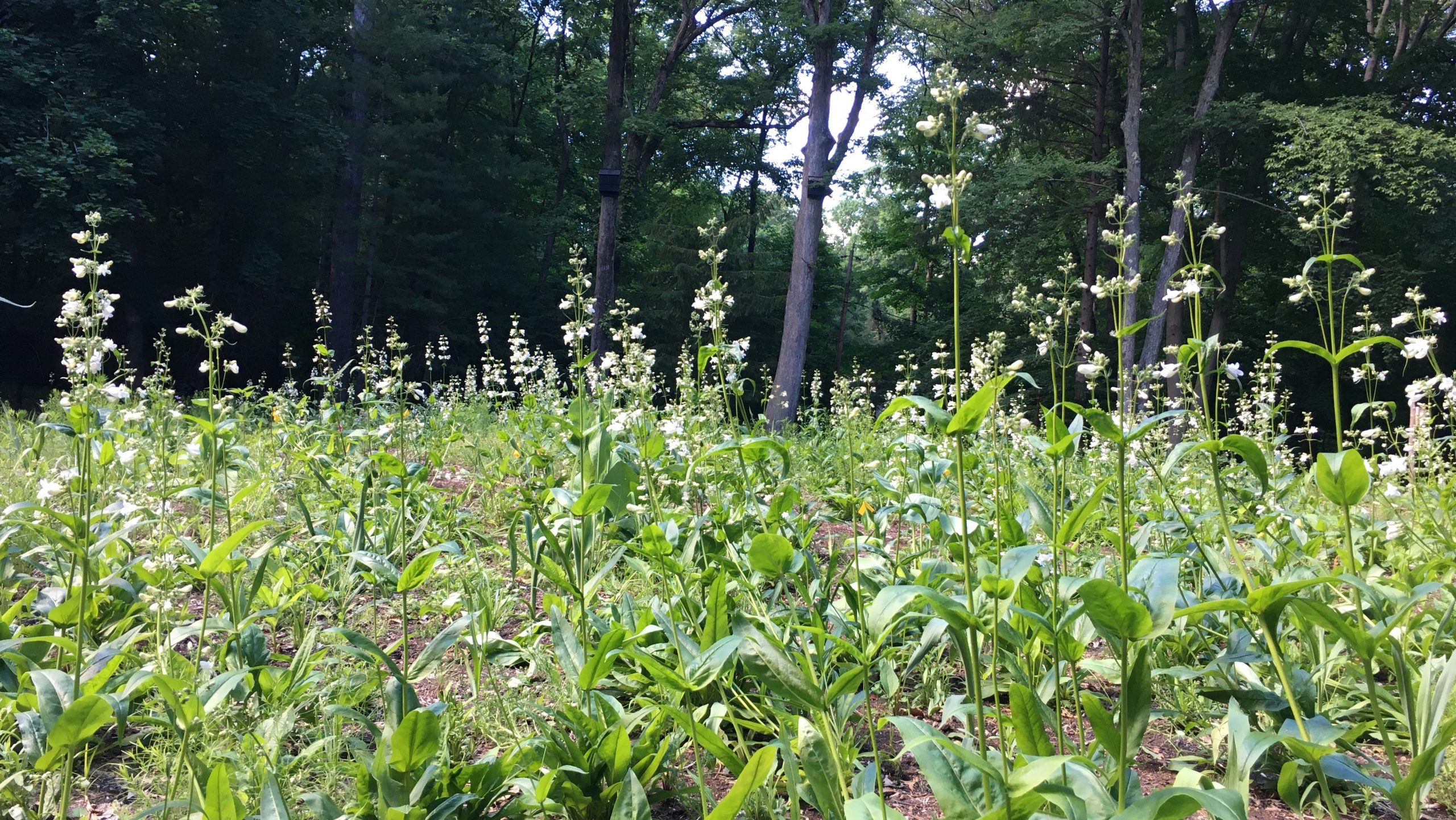
NCLT’s wildflower meadow at Still Pond Preserve is blooming now with abundant native Penstemon digitalis, a favorite of bees and hummingbirds.
Life on Earth as we know it would be very different if pollinators disappeared. About 80% of flowering plants world-wide, and 75% of the plants that we rely on for food, beverage, fiber and medicine depend on pollinators for survival. If these flowers are not pollinated, the plants cannot set seed or reproduce. Eventually they will die out along with the biodiverse species they support.
In New Canaan, our principle pollinators are bees, wasps, butterflies, moths, flower flies and beetles. Like all insects, they have multi-phased life cycles, passing from eggs to larva to pupa to adult. They live among us year-round and need protection in all stages of their life through all four seasons.


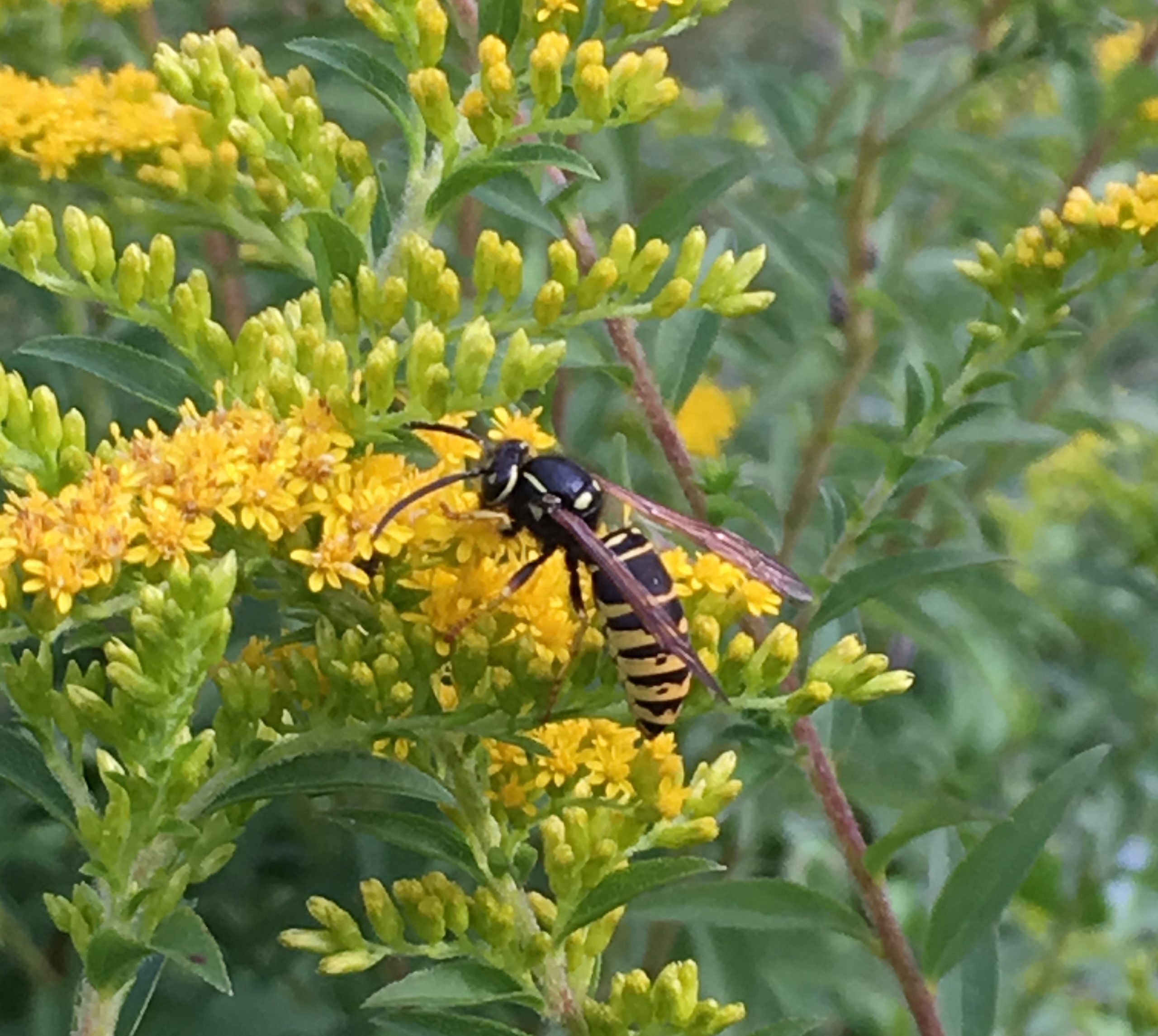
Bees and flower flies are the most effective pollinators, but other species have their niches. Seen here: miniscule red-necked false blister beetles on a trout lily; a spicebush swallowtail caterpillar on its host plant, native spice bush; and a yellow jacket feasting on autumn golden rod.
The most optimal pollinator habitats include: an abundance of food for both the adult and immature phases; places to nest, shelter and overwinter; fresh clean water and no pesticides. Keeping some ‘wild’ in your landscape is a big plus.
Adult pollinators feed on pollen (protein) and/or nectar (sugar/energy) from many types of flowers. As they are active at different times throughout the growing season, a variety of flowers that bloom successively from early spring until frost is best.
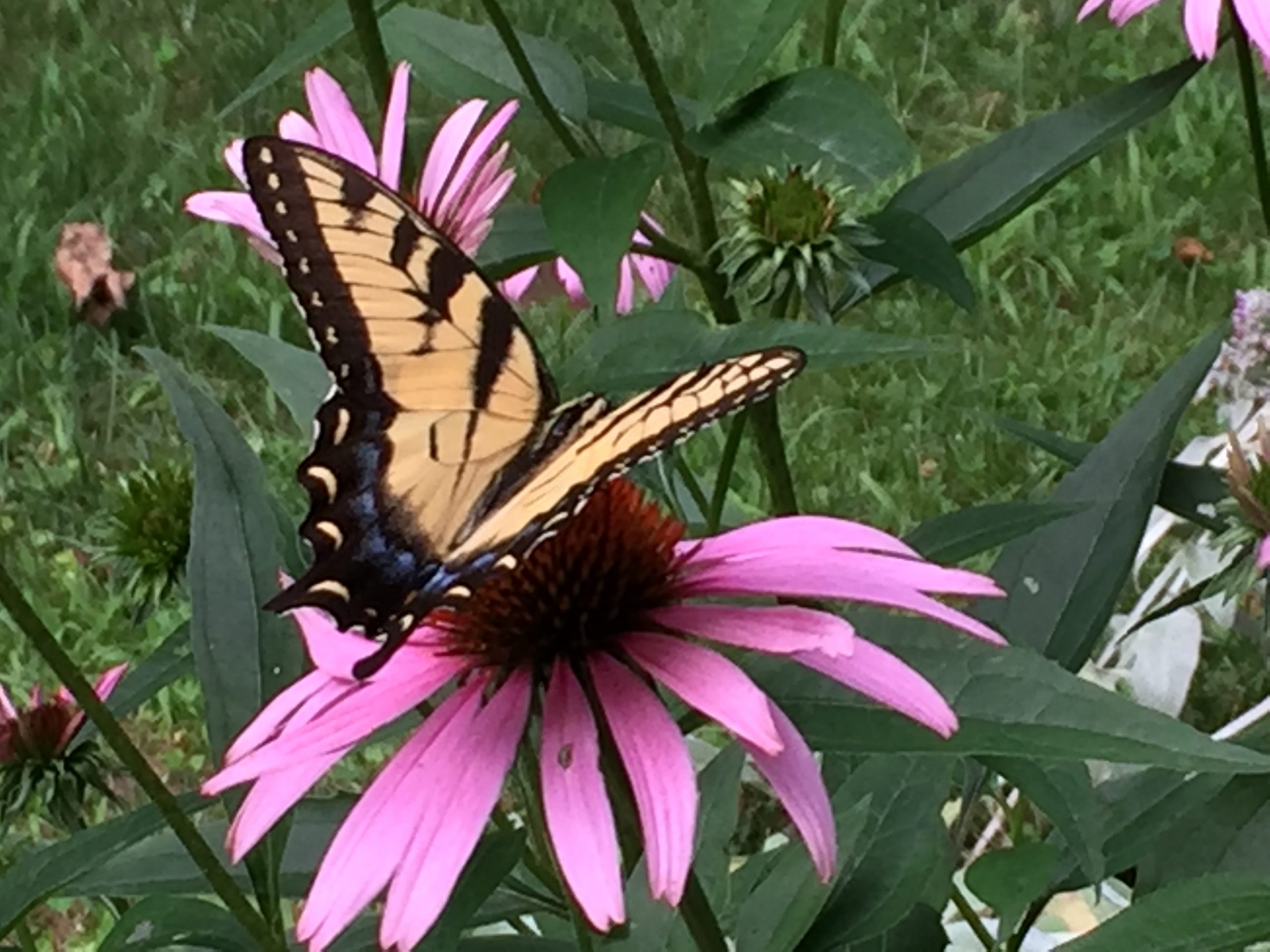

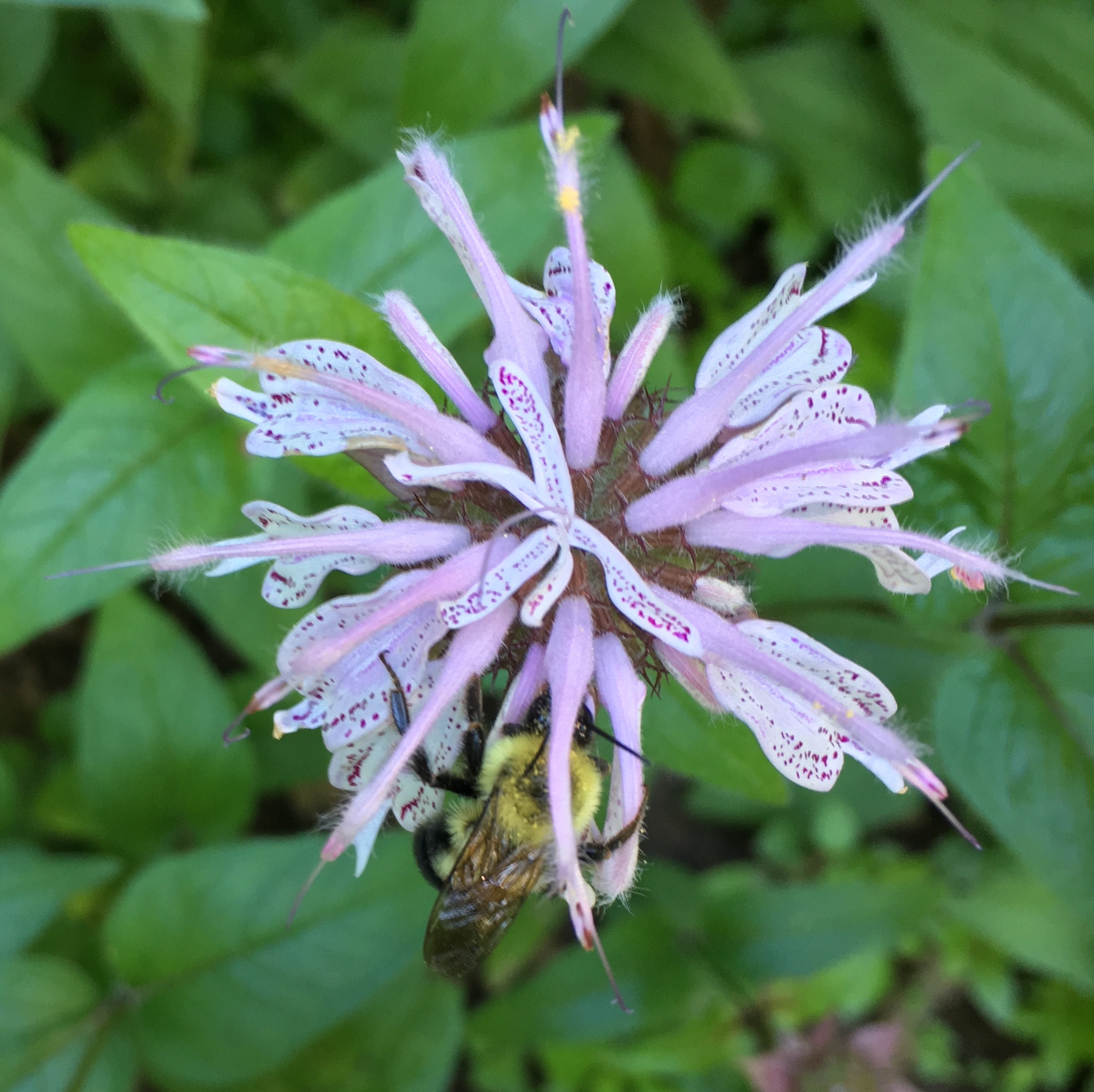
Different shaped flower heads attract different pollinators. Seen here: tiger swallowtail on a purple coneflower; crane fly on golden alexander; and a bumblebee on Bradbury’s bee balm.
Note: only a few species of crane flies are pollinators; most adults don’t have mouth parts and don’t eat -their sole mission as adults is to mate and lay eggs.
As most insects only spend a short part of their lives as adults, it is important to consider the nutritional needs of the developing young. Native plants are key to the survival of butterflies and moths. Their caterpillars have co-evolved with specific ‘host’ plants and are unable to digest anything else. While adult wasps, flower flies and beetles feed on flowers, their larva are voracious predators. They prey on other insects, such as aphids and katydids, and help keep those pesky populations in balance. Flower fly larva also feed on rotting wood and fungi, helping to decompose organic material and return the nutrients back into the soil.
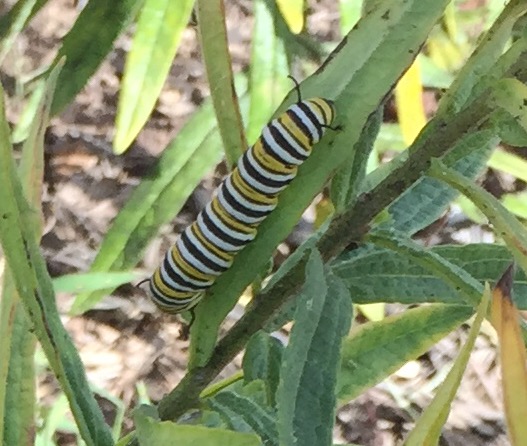
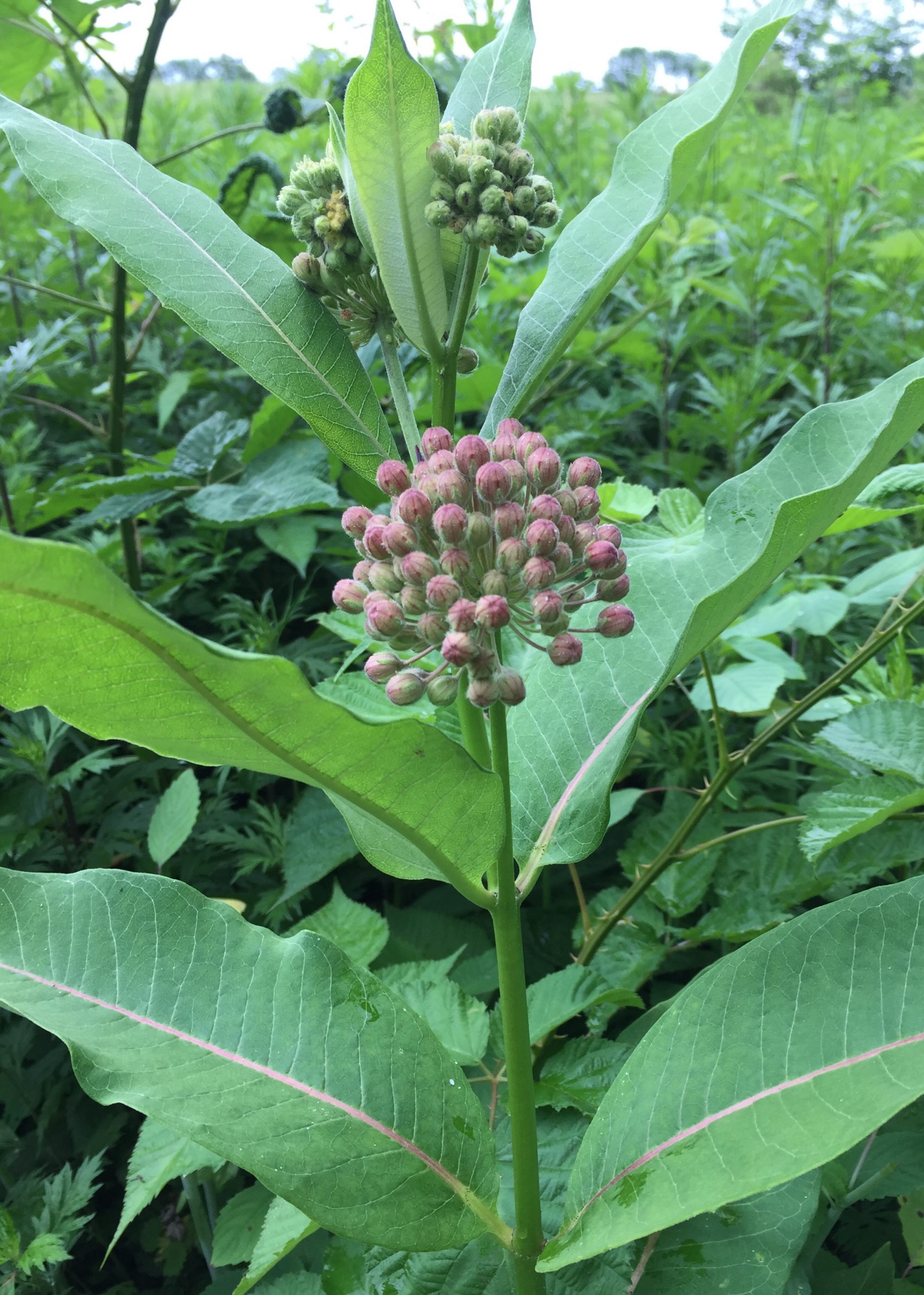

Monarch butterflies are a classic example of host plant dependency. They only lay their eggs on milkweed plants because those are the only leaves that their caterpillars can digest. If the female butterflies cannot locate milkweed in their habitat, they will fail to reproduce.
Places to shelter and nest includes snags, fallen trees, wood piles, pithy plant stems, and especially undisturbed ground and leaf mulch where many pollinators hibernate for the winter. Most adult insects die by the end of the growing season, leaving leave behind the next generation in various forms of their development – as eggs, larva or pupa, depending on the species. These pass the cold months in diapause (a kind of arrested development) then complete their life cycle when the weather warms again.
The New Canaan Land Trust is on a mission to enhance our pollinator habitats and is a founding partner of the New Canaan Pollinator Pathway. NCLT protects nearly 400 acres of woodlands, wetlands and meadows across town providing year-round sanctuary for pollinators, as well as birds and other wildlife. Stewardship practices include removing invasive alien species, planting native understory trees, shrubs, perennials and grasses, and preserving the ‘wildness of nature’ on all of our lands.

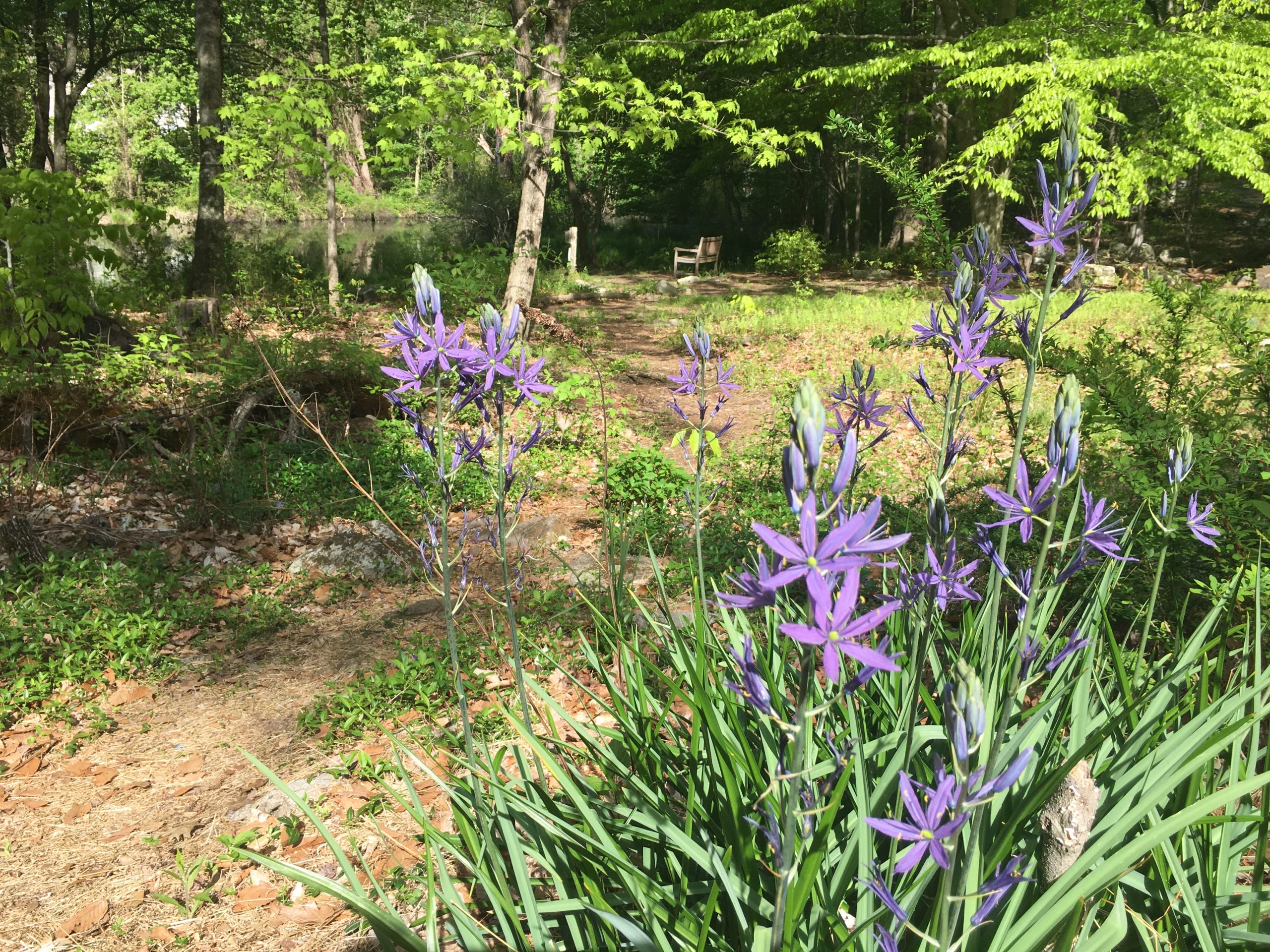
Spring beauties at the Firefly Preserve and wild hyacinth at Still Pond are pollinated by early season bees. Mature canopy trees, such as oaks, hickories and maples, host countless species of butterfly and moth caterpillars.
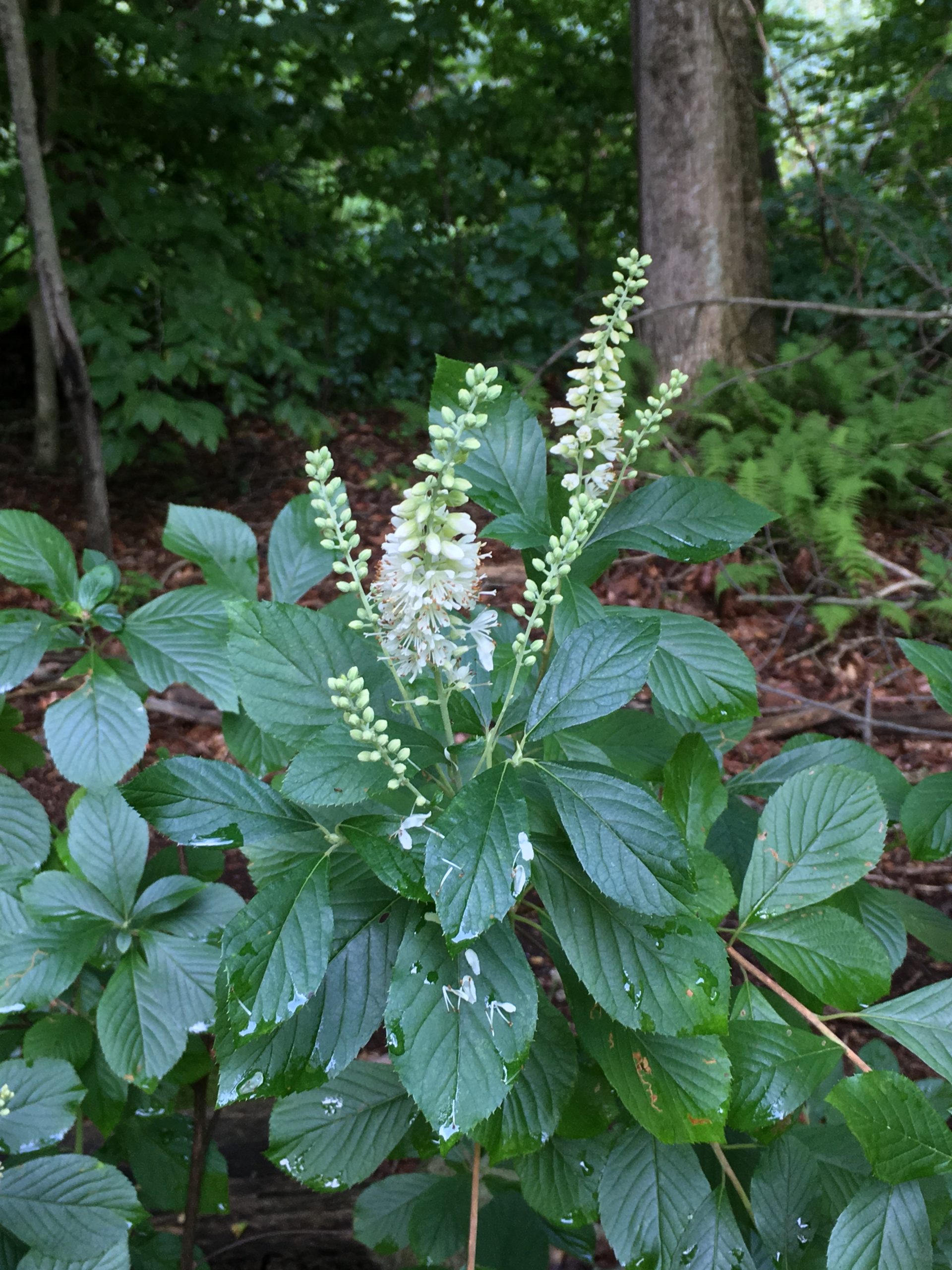
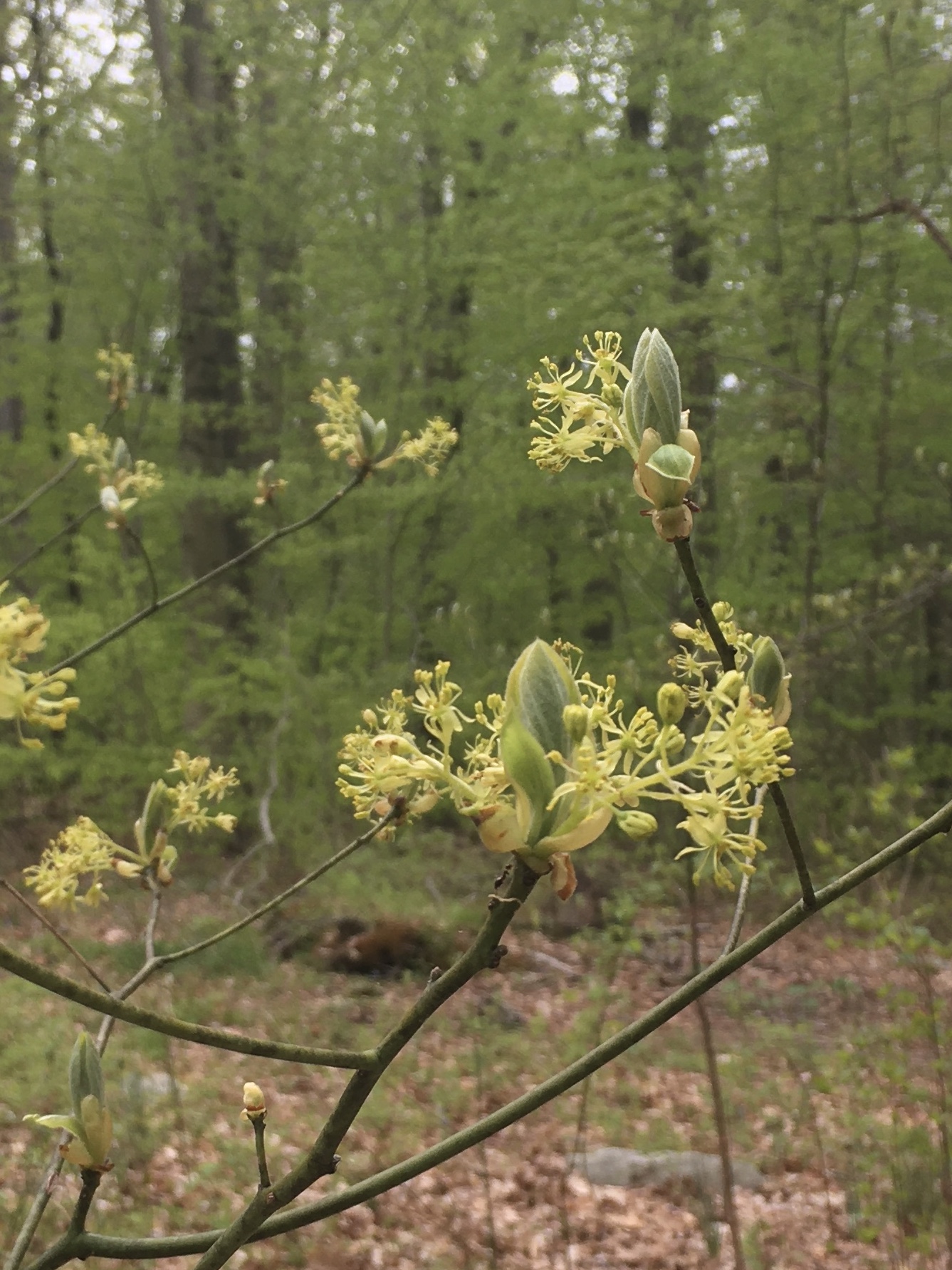
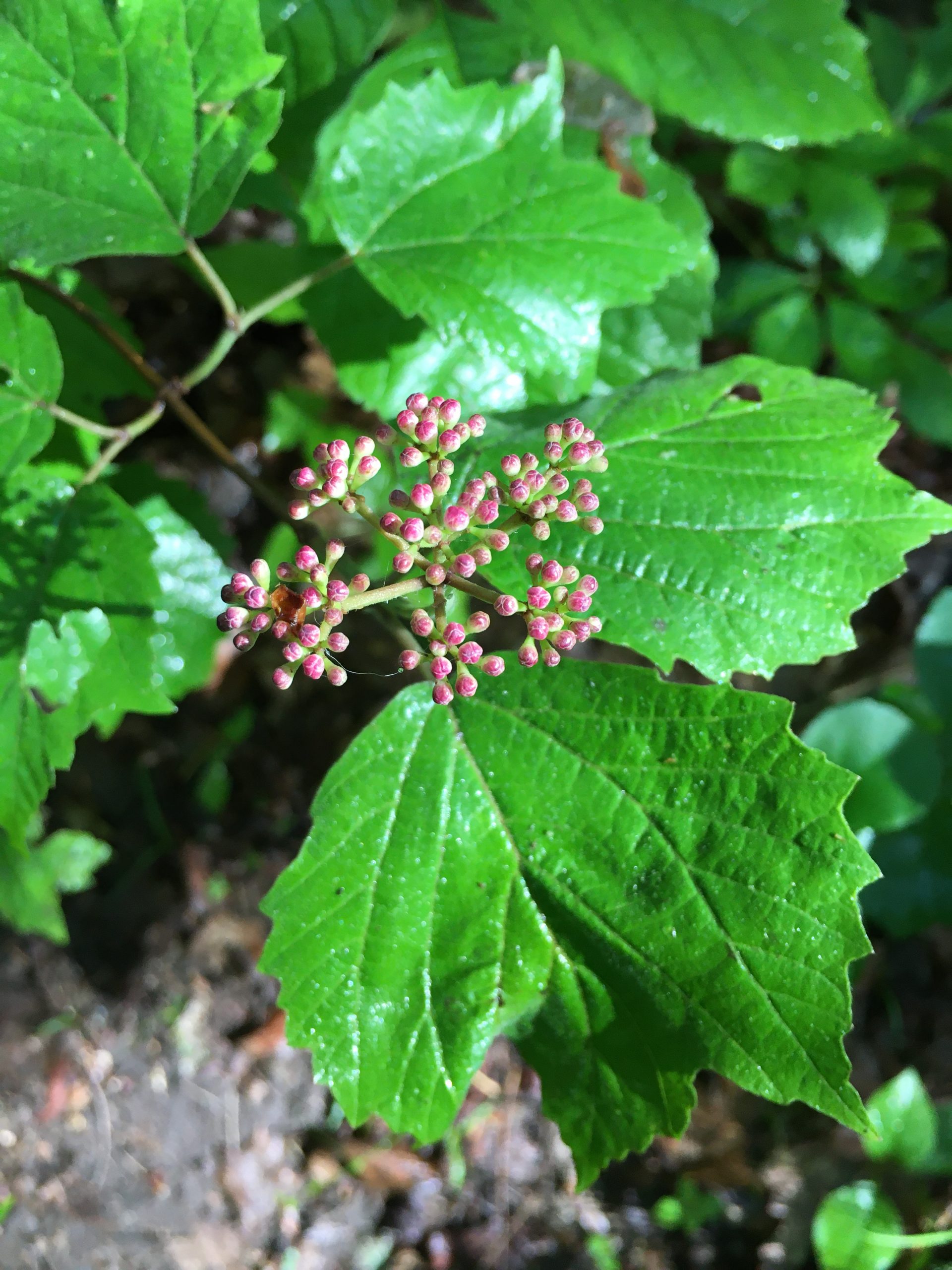
Native shrubs such as summersweet, sassafras and mapleleaf viburnum grow wild on many of our woodland properties.
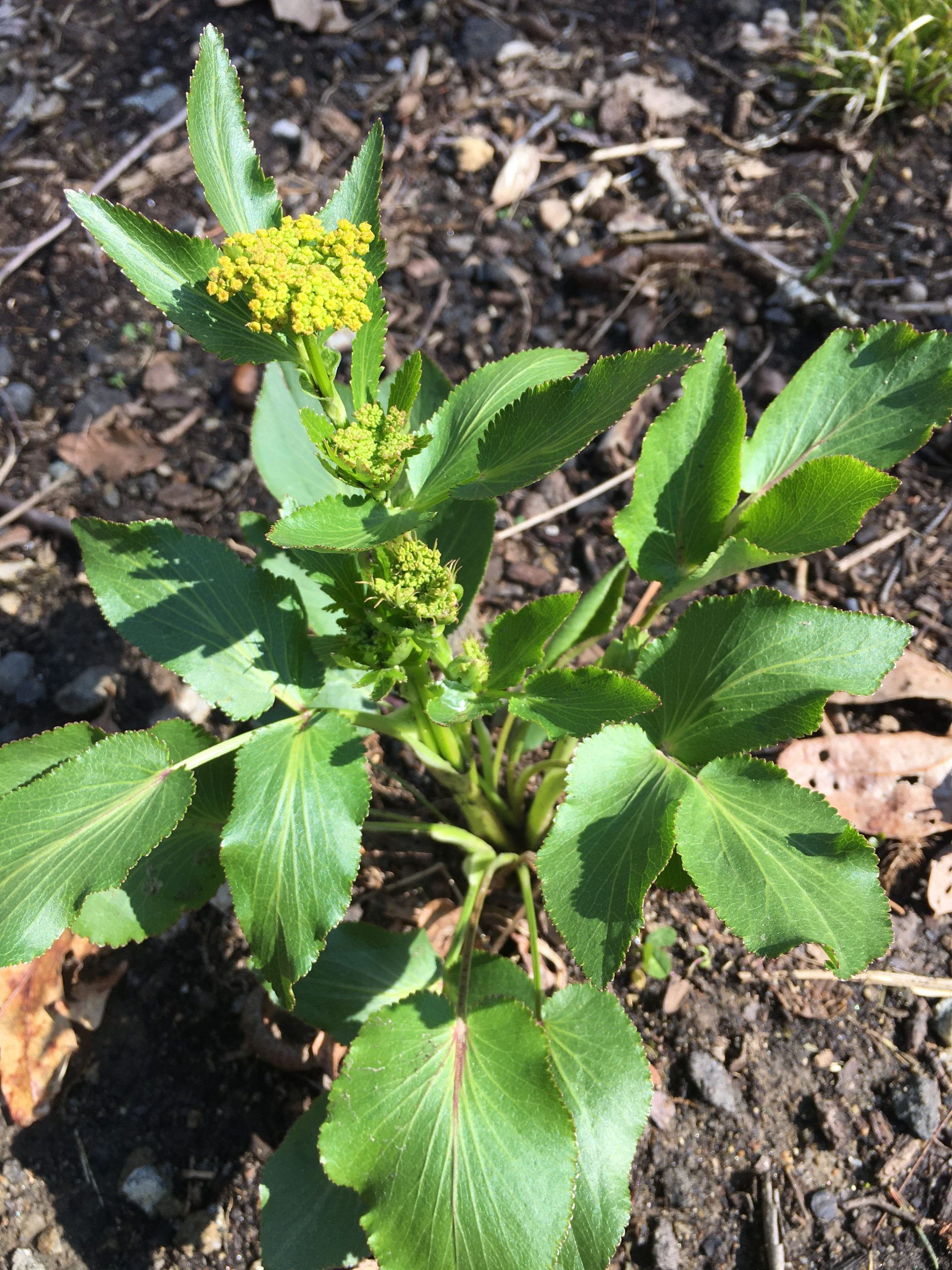
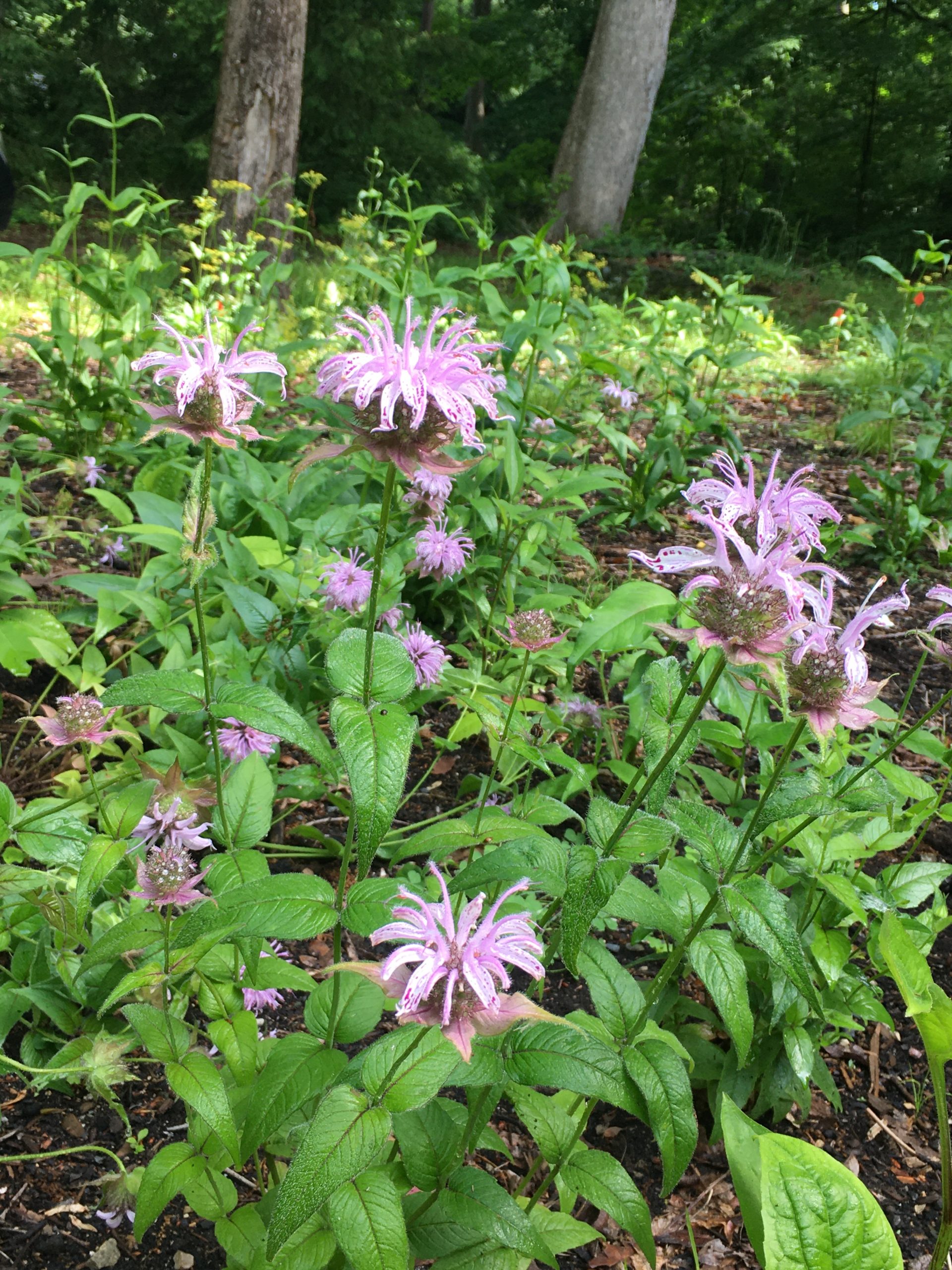
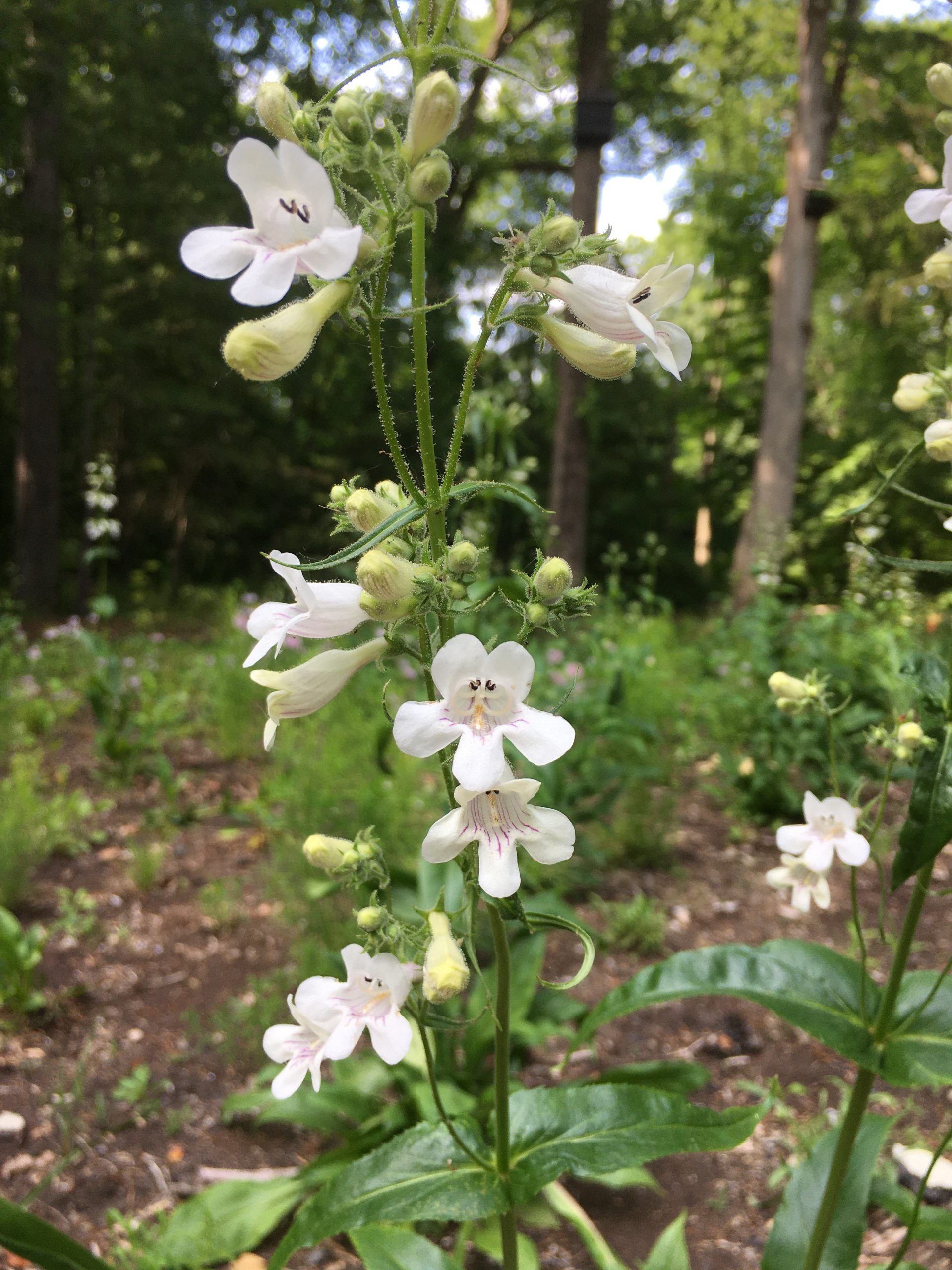
Golden alexander, Bradbury’s bee balm and penstemon digitalis bloom in succession April through June. They are among 22 native perennials and grasses planted last fall at the Fowler meadow at Still Pond.
The New Canaan Pollinator Pathway encourages public and private landowners to create pollinator friendly corridors that allow free movement of pollinators across town and into neighboring ones. For more information on how to join the pathway, visit the Pollinator Pathway website.
THANK YOU SO MUCH FOR THIS REVIEW….PERHAPS NEXT SPRING WITH HELP I COULD PLANT A 6 BY 6 FT GARDEN TO BEGIN A POLLINATOR PATCH!
AND JUST ONE MORE WORD:
SUSUAN BERGEN, YOU ARE A WONDER! THANK YOU.